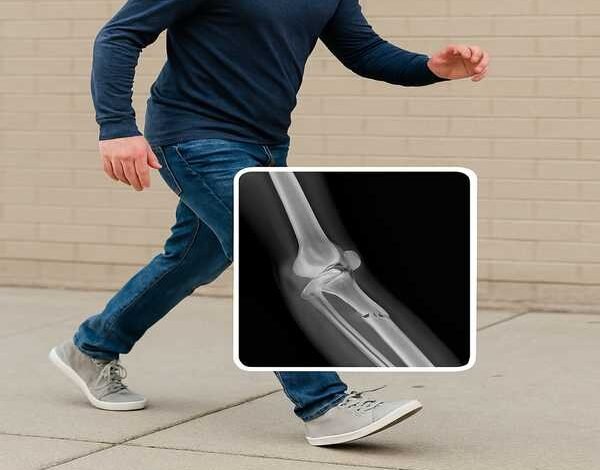
Follow these diet & exercises to make you bone healthy again
Taking care of your bones after a fracture is essential for proper healing and preventing future issues. Here’s a guide on how to support bone recovery, including nutrition, lifestyle adjustments, and supplements.
1. Immediate Care After a Fracture
Follow Medical Advice: Always adhere to your doctor’s instructions regarding immobilization (cast, splint, or surgery).
Pain Management: Use prescribed pain relievers or over-the-counter medications like ibuprofen (if advised).
Elevate & Rest: If swelling is present, keep the injured area elevated. Avoid putting stress on the bone.
2. Nutrition for Bone Healing
Proper nutrition speeds up bone healing and strengthens bones over time.
Essential Nutrients & Foods:
Calcium – The main component of bone structure.
Sources: Dairy products, leafy greens, almonds, tofu, and fortified foods.
Vitamin D – Helps calcium absorption.
Sources: Sunlight, fatty fish (salmon, mackerel), egg yolks, and fortified milk.
Protein – Supports tissue and bone repair.
Sources: Chicken, fish, eggs, lentils, and nuts.
Vitamin C – Aids in collagen formation for bone strength.
Sources: Citrus fruits, bell peppers, strawberries, and broccoli.
Magnesium & Zinc – Promote bone regeneration.
Sources: Nuts, seeds, whole grains, and beans.
Omega-3 Fatty Acids – Reduce inflammation for better healing.
Sources: Fish, flaxseeds, and walnuts.
3. Supplements for Bone Healing
If diet alone isn’t enough, supplements can help:
Calcium (1000-1200 mg/day) – Choose calcium citrate or carbonate.
Vitamin D3 (1000-2000 IU/day) – Needed for calcium absorption.
Vitamin K2 – Helps deposit calcium into bones instead of arteries.
Collagen Peptides – Supports connective tissue and bone structure.
Magnesium (300-400 mg/day) – Helps activate vitamin D for calcium use.
Zinc & Boron – Essential for bone repair.
4. Lifestyle Adjustments
Avoid Smoking & Alcohol: Both slow down bone healing.
Stay Active: After your doctor allows movement, gentle exercises like walking, yoga, or physical therapy help circulation and bone strength.
Hydration: Drink plenty of water to support tissue recovery.
Limit Caffeine & Salt: Excessive amounts can lead to calcium loss.
5. Physical Therapy & Recovery Exercises
Once the bone is stable, physical therapy helps restore strength, flexibility, and mobility.
Weight-bearing exercises (walking, light resistance training) prevent bone density loss.
6. Preventing Future Fractures
Maintain a bone-healthy diet long-term.
Engage in weight-bearing exercises (walking, jogging, strength training).
Get regular bone density scans if you have risk factors for osteoporosis.
Final Thoughts
Healing from a fracture takes weeks to months, depending on age, bone health, and fracture severity. A nutrient-rich diet, proper supplementation, and an active lifestyle can significantly speed up recovery and reduce the risk of future fractures.
Would you like specific supplement recommendations based on your needs?



